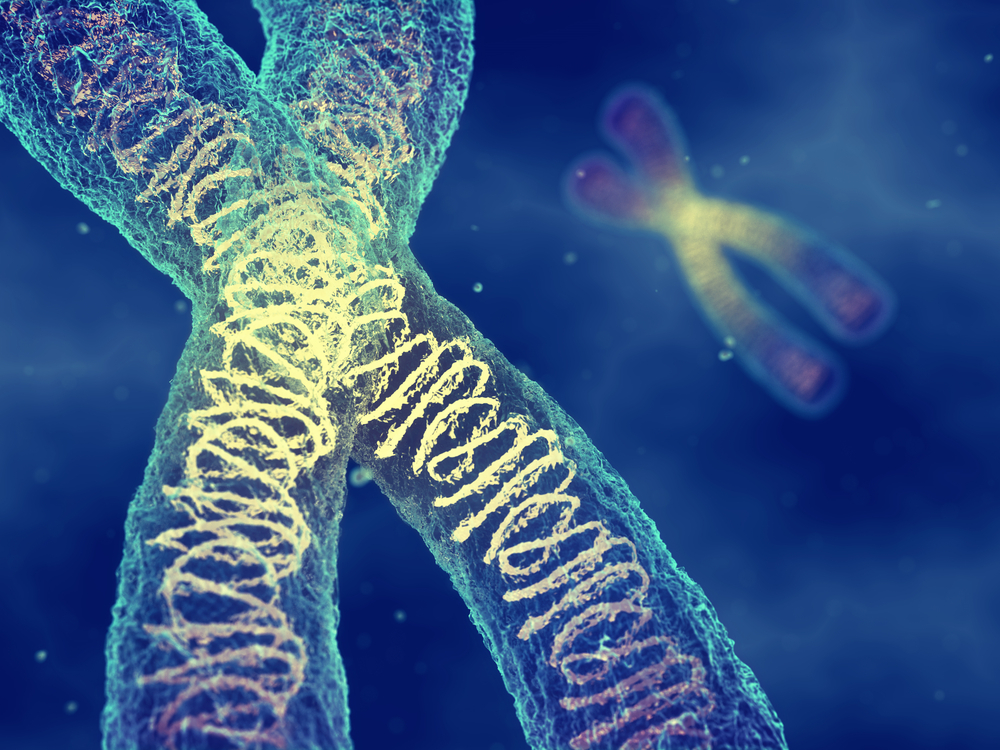
What is it?
Defects in the PMP22 gene cause a person to experience weakness and wasting of the muscles of the lower legs and hands and decreased sensitivity to touch, heat, and cold. In addition, there are recurrent episodes of numbness, tingling, or loss of muscle function, triggered by pressure on a nerve such as when sitting for a long time.
How is it used?
The DNA sequence of the PMP22 gene is determined to look for extra copies or deletions of the gene or mistakes in the sequence (i.e. mutations) that may cause the clinical conditions.
When is it requested?
Testing is requested by the specialist doctor when they suspect that the PMP22 gene may be the cause of the clinical symptoms.
What does the result mean?
Charcot-Marie-Tooth disease (CMT)
PMP22 gene mutations cause several forms of a neurological disorder called Charcot-Marie-Tooth disease. An extra copy of the gene is caused by a duplication of the gene on chromosome 17 and is the most common genetic change causing Charcot-Marie-Tooth disease type 1A (CMT1A). This is an autosomal dominant disorder that leads to an overproduction of PMP22 protein and a build-up of a non-functional protein in cells. This impairs the formation of a protein called myelin that surrounds the nerve fibre and causes slwer transmission of nerve impulsess. The demyelination of the nerve reduces the ability of the peripheral nerves to activate muscles and relay information back to the brain. This conditin typically starts in adolescence.
CMT1A is also caused by mutations in the DNA sequemce of the gene where a single base change in the building blocks of the DNA results in a toxic over production (i.e. gain of function) of the PMP22 protein that leads to demyelination and the signs and symptoms of CMT1A.
Hereditary neuropathy with liability to pressure palsies (HNPP)
The deletion of one copy of PMP22 gene is the most common genetic cause of hereditary neuropathy with liability to pressure palsies. In this condition, there are recurrent episodes of numbness, tingling, or loss of muscle function, often in a leg or arm. Deletion of one copy of the gene reduces the amount of protein produced by about half. This disorder can also be caused by mutations in the PMP22 gene and results in the production of an abnormally small protein that is rapidely broken down impairing the transmission of nerve impulses and the nerves are less able to recover from compression. This causes the signs and symptoms of hereditary neuropathy with liability to pressure palsies.
Is there anything else I should know?
The prevalence of CMT is reported as 1:2,500, and approximately 50% of CMT patients carry the PMP22 gene duplication. It is recommended that a test for duplication or deletion of the gene is the first test for all patients suspected of having this condition. The prevalence of HNPP is not well known. The diagnosis of PMP22 gene neuropathies are confirmed by finding gene duplication, deletion or point mutations. The mode of inheritance is autosomal dominant and de novo mutations (i.e. a new mutation in a child that is not present in either of the parents) can occur. Offspring of patients with the condition have a 50% chance of inheriting the mutation from an affected parent. Prenatal testing for PMP22 gene changes is possible. Treatment is currently symptomatic and may be managed by doctors from a number of different areas.
Physiotherapy treatment has been shown to be useful for management of the symptoms of CMT. Adult CMT1A patients show slow clinical progression of disease and have a normal life expectancy.
Common questions
Yes, there is a rebate for PMP22 testing for diagnosis in affected people and also for testing relatives of a person who has the mutation.
Pathology Tests Explained (PTEx) is a not-for profit group managed by a consortium of Australasian medical and scientific organisations.
With up-to-date, evidence-based information about pathology tests it is a leading trusted source for consumers.
Information is prepared and reviewed by practising pathologists and scientists and is entirely free of any commercial influence.